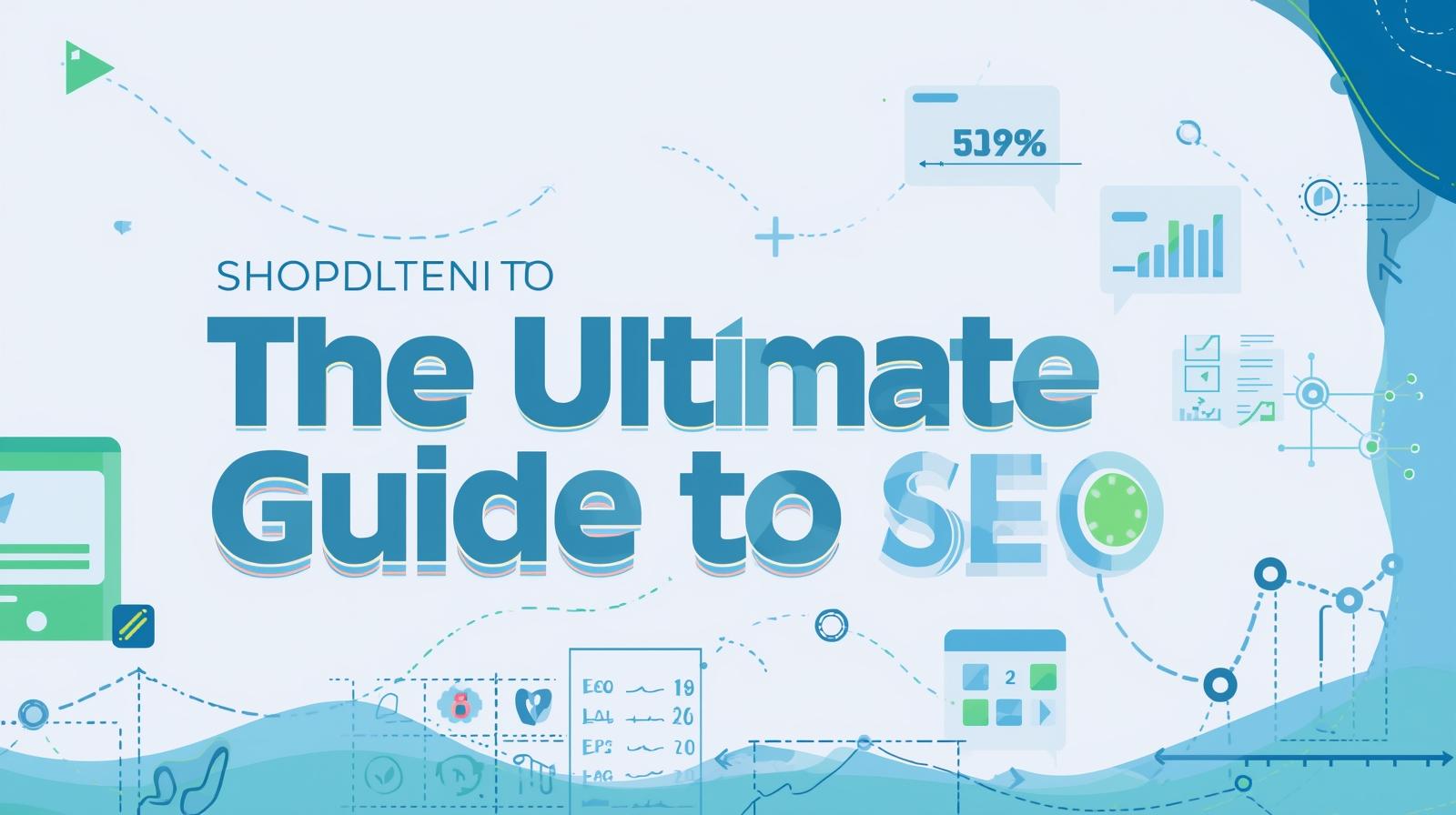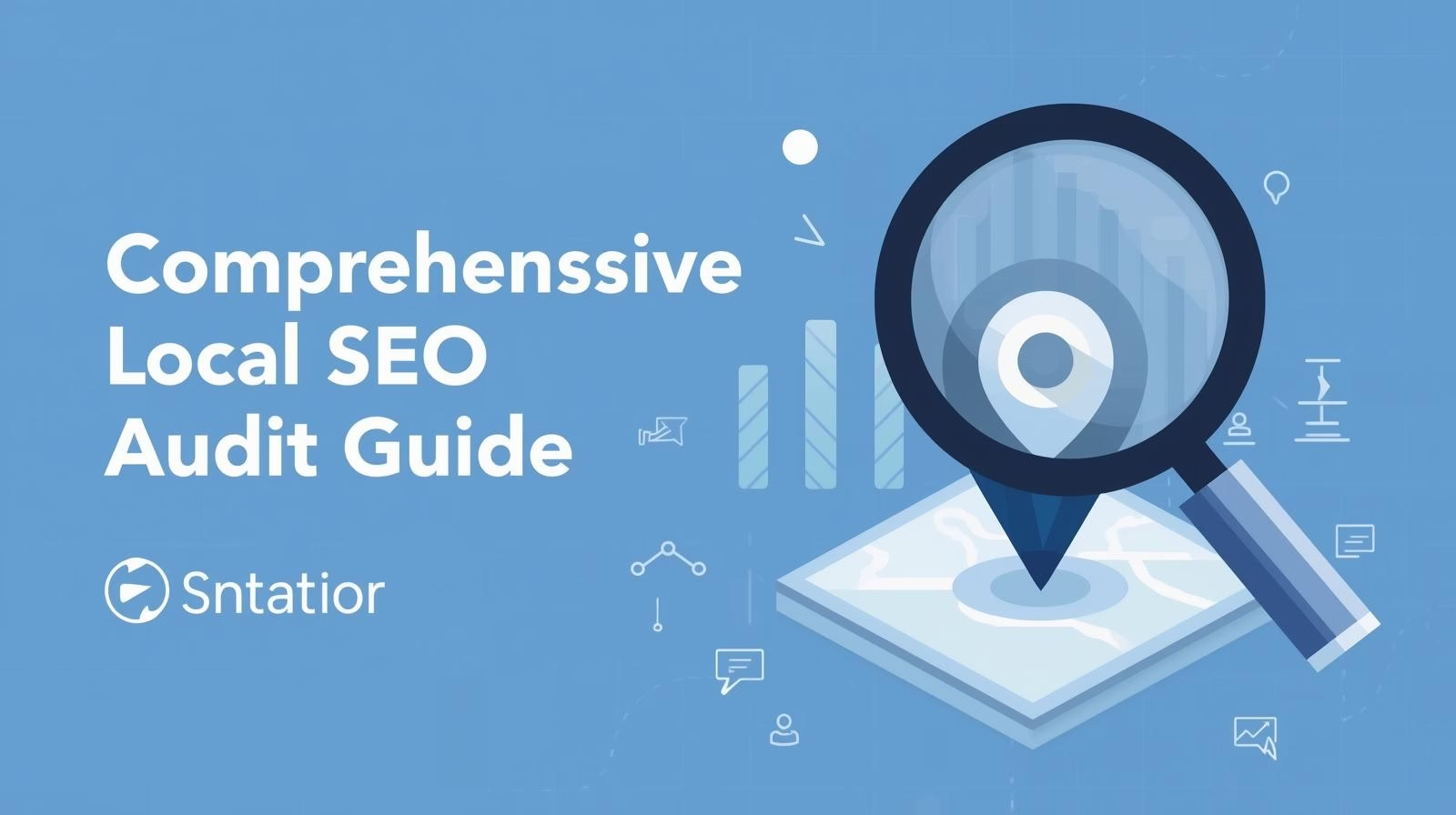Remember the last time you searched for something on Google? How often did you click beyond the first page? If you’re like most people, almost never. That’s why Search Engine Optimization (SEO) is the lifeblood of online visibility. Whether you’re a blogger, business owner, or marketer, mastering SEO is no longer optional—it’s essential. This guide will walk you through everything you need to know about SEO in 2025, from foundational basics to advanced strategies that drive real traffic and conversions. Let’s dive in!
What is SEO and Why Does It Matter?
SEO is the practice of optimizing your website to rank higher on search engine results pages (SERPs), making it easier for potential customers to find you organically. Think of it as a digital roadmap that guides search engines and users to your content. With 88% of people still using Google for searches , ignoring SEO means missing out on massive opportunities. But SEO isn’t just about traffic; it’s about connecting with your audience when they’re actively seeking solutions. By aligning your content with user intent, you build trust, authority, and long-term growth.
How Search Engines Work
Before diving into strategies, it’s crucial to understand how search engines operate. Google uses automated programs called crawlers to discover web pages, which are then added to its index. When a user searches, Google’s algorithms analyze indexed pages to deliver the most relevant results . This process involves:
Crawling: Discovering content via links.
Indexing: Storing and organizing content.
Ranking: Serving the best results based on hundreds of factors like relevance, usability, and context.
Keyword Research: The Foundation of SEO
Keywords are the bridge between your audience and your content. Effective keyword research isn’t just about volume; it’s about intent and opportunity. Here’s how to do it right:
Understand Search Intent
Google prioritizes content that matches user intent. For example, a search for “best running shoes” indicates commercial intent, while “how to tie running shoes” is informational. Analyze the top results for your target keywords to reverse-engineer intent .
Use the Right Tools
Leverage tools like:
Google Keyword Planner: For initial ideas based on relevance and volume.
Ahrefs/Semrush: To analyze difficulty and competition.
Exploding Topics: To identify trending keywords .
Focus on Long-Tail and Transactional Keywords
Long-tail keywords (e.g., “vegan running shoes for flat feet”) have lower competition and higher conversion potential. Prioritize keywords with commercial intent (e.g., “buy,” “order”) to drive revenue .
Avoid Common Mistakes
Don’t chase high-volume keywords without assessing intent.
Balance volume with difficulty—opt for “low-hanging fruit” you can realistically rank for .
On-Page SEO: Optimizing Your Content
On-page SEO ensures your content is both user and search engine-friendly. Key elements include:
Title Tags and Meta Descriptions
Title Tags: Keep them under 60 characters and include keywords near the front. Tools like Yoast SEO can help check width .
Meta Descriptions: Write compelling summaries under 160 characters to improve click-through rates (CTR).
Content Quality and Structure
Create 10x Content: Produce content that’s significantly better than competitors. Use examples, visuals, and data .
Use Descriptive URLs: Short, hyphen-separated URLs with keywords (e.g.,
example.com/seo-guide) improve readability .Internal Linking: Link to related pages on your site to keep users engaged and help search engines discover content .
User Experience (UX)
Mobile-Friendliness: With mobile-first indexing, ensure your site works flawlessly on phones .
Page Speed: Use tools like Google PageSpeed Insights to optimize loading times .
Readability: Break text into sections with headings, bullet points, and images .
Technical SEO: The Backbone of Your Site
Technical SEO focuses on infrastructure improvements:
Crawlability and Indexing
XML Sitemaps: Help search engines find your pages .
Robots.txt: Direct crawlers away from non-essential pages .
Security and Performance
HTTPS: Secure your site to build trust and improve rankings .
Core Web Vitals: Optimize for metrics like Largest Contentful Paint (LCP) and Interaction to Next Paint (INP) .
Structured Data
Use schema markup to help search engines understand your content and enable rich snippets .
Off-Page SEO: Building Authority
Off-page SEO involves activities outside your website, primarily link building. Quality backlinks from authoritative sites act as votes of confidence . Effective strategies include:
Guest Blogging: Write for reputable sites in your niche.
Earning Links: Create shareable content like research studies or tools.
Local SEO: For local businesses, optimize Google Business Profile, gather reviews, and get listed in local directories .
Measuring SEO Success
SEO isn’t a set-it-and-forget-it strategy. Use these tools to track performance:
Google Analytics: Monitor traffic, bounce rates, and conversions.
Google Search Console: Identify indexing issues and track keyword rankings.
Ahrefs/Semrush: Analyze backlinks and competitors.
Future-Proofing Your SEO Strategy
SEO is evolving with AI and voice search. Here’s how to stay ahead:
Answer Engine Optimization (AEO): Optimize for conversational queries and platforms like ChatGPT .
E-E-A-T: Demonstrate Experience, Expertise, Authoritativeness, and Trustworthiness, especially for YMYL (Your Money or Your Life) topics .
Focus on Value: Instead of chasing algorithms, create content that genuinely helps your audience .
FAQ Section
Q1: How long does it take to see results from SEO?
SEO is a long-term strategy. Most changes take weeks or months to reflect in rankings .
Q2: Are keywords still important in 2025?
Yes, but intent matters more than volume. Use keywords to align with user needs rather than stuffing .
Q3: What is the biggest SEO mistake to avoid?
Ignoring user experience. Google prioritizes sites that offer value, speed, and usability .
Q4: How do I build backlinks without spamming?
Create high-quality content that naturally attracts links, and engage in ethical outreach like guest blogging .
Q5: Is local SEO worth it for small businesses?
Absolutely! Local SEO helps you reach nearby customers searching for “near me” services .
SEO might seem complex, but it boils down to a simple principle: serve your audience better than anyone else. By combining keyword research, on-page optimization, technical tweaks, and authority building, you’ll not only rank higher but also build a loyal community. Ready to take the next step? Share your thoughts in the comments or reach out for a personalized SEO audit!


